Mangoes, cockatoos and other myths busted by Bureau of Meteorology ahead of cyclone season
Do black cockatoos mean rain? Does a good mango season mean no cyclones? We’ve tested common cyclone myths against 50 years of BOM data to see if the local wisdom is true.
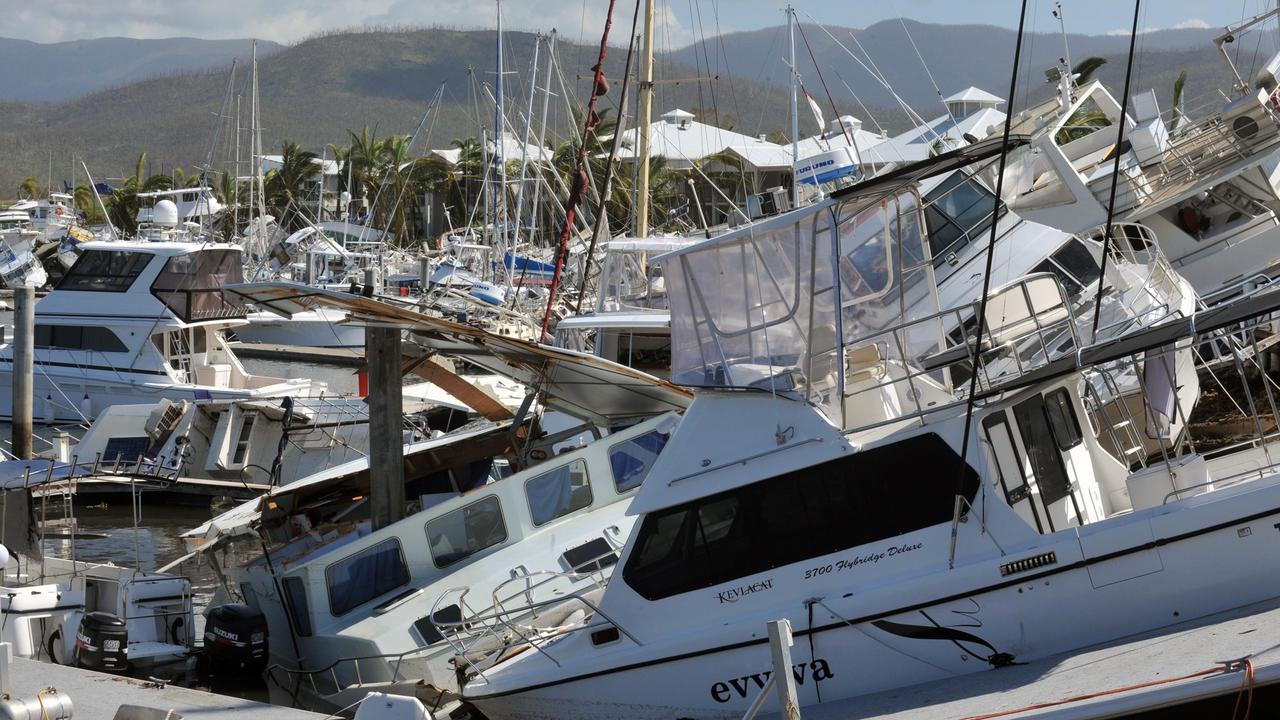
Townsville
Don't miss out on the headlines from Townsville. Followed categories will be added to My News.
Several Townsville Bulletin readers shared how they predicted the cyclone season, and we’ve tested those theories against 50 years of Bureau of Meteorology data.
No mangoes = bad season
No real correlation was found between the amount of mangoes and amount of cyclones. However, poor mango seasons did correlate with very damaging and powerful cyclones (2023 - Cyclone Jasper, 2020 - Cyclone Damien (WA), 2016 - Cyclone Debbie, 2013 - Cyclone Oswald, 2010 - Cyclone Yasi).
Right now NQ gardeners are reporting mixed results on their mango trees, and growers in the NT are experiencing an “unusual late start”, but predictions are for a good 2024 mango crop.
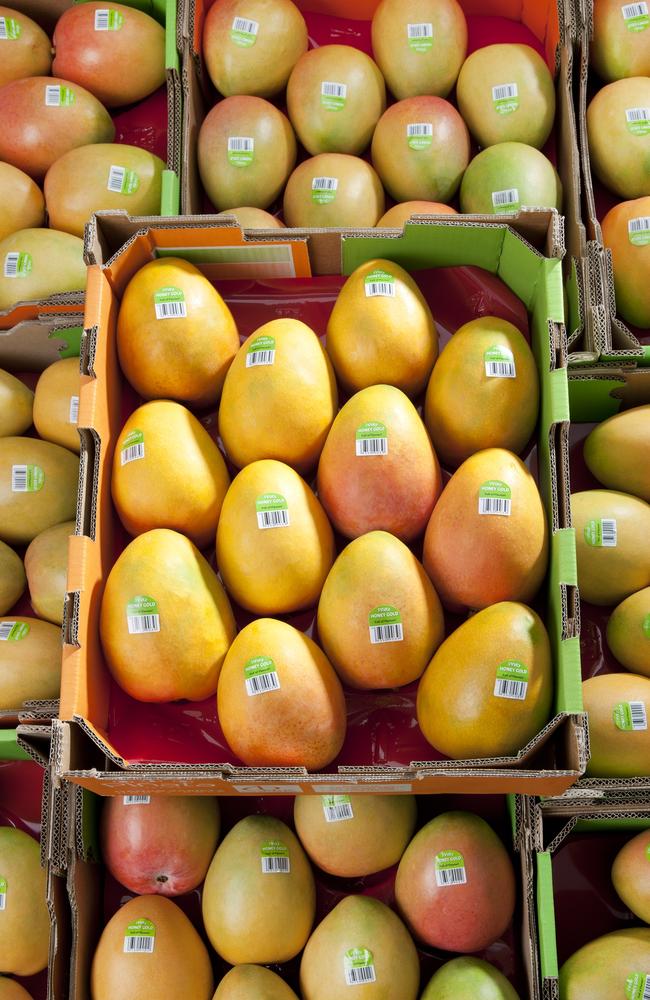
A cyclone is coming when a low forms in the Solomons
This one was surprising.
After looking at the historical mapping, it became obvious major cyclones that end up hitting the Queensland coast with force come from one place in particular: the Solomon Sea.
If a cyclone forms further away in the Pacific Ocean they tend to lose power by the time they reach the Great Barrier Reef, while Gulf-formed cyclones tend to spin out.
Below are some of the most damaging and famous cyclones in Queensland’s recent history - after comparing where they originally formed, a clear pattern emerged.
Cyclone Althea 1971 - Solomon Sea
Cyclone Aivu 1989 - Solomon Sea
Cyclone Joy 1990 - Solomon Sea
Cyclone Larry 2006 - Solomon Sea
Cyclone Oswald 2013 - Gulf
Cyclone Ita 2014 - Solomon Sea
Cyclone Yasi 2011 - north of Fiji
Cyclone Debbie 2017 - Solomon Sea
Cyclone Owen 2019 - Solomon Sea
Cyclone Jasper 2023 - Solomon Sea
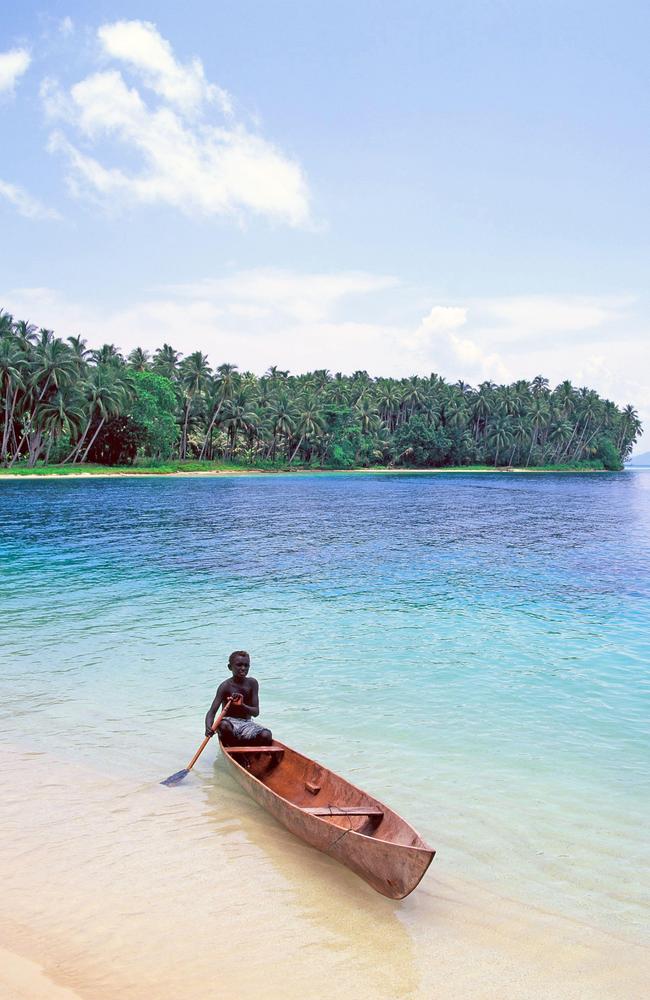
We’ve also made a list of five recent fizzers that barely moved a deck chair when they crossed the coast.
Cyclone Kirrily 2024 - Coral Sea
Cyclone Seth 2022 - Timor Sea
Cyclone Lucas 2021 - Gulf
Cyclone Penny 2018 - Gulf
Cyclone Jasmine 2011 - west of Tonga
If the first cyclone to make landfall is in WA, Qld gets no big cyclones
In the last 42 years, this theory has been correct 33 times, plausible five times, and incorrect five times.
Notably it correctly predicted Cyclone Jasper in 2023, Yasi in 2011, Debbie in 2017, Oswald in 2013, Joy in 1990 and others.
However, on the five occasions it was incorrect — in 2014, 2006, 1998, 1986, and 1982 — Queensland was hit by the destructive Cyclone Ita, Cyclone Larry and Cyclone Aivu.
NOTE: This theory becomes a lot more accurate when Darwin is counted as part of WA’s coastline, as we’ve done here.
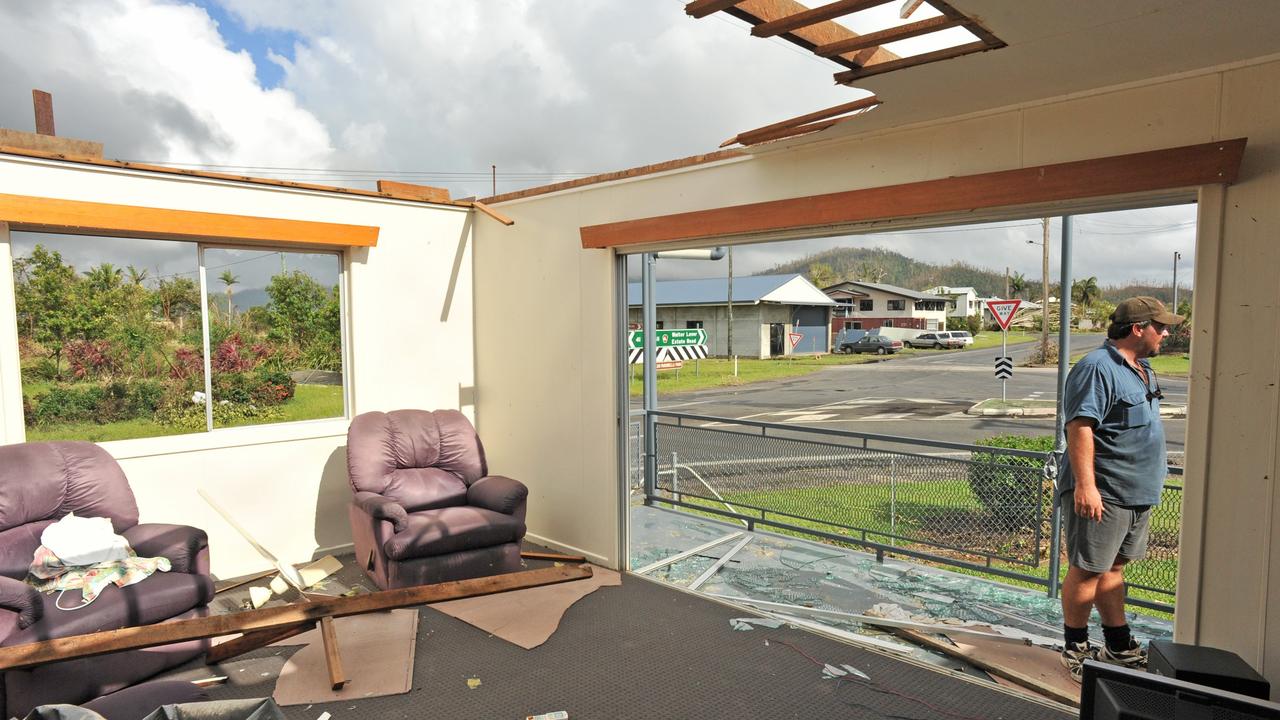
When the heat gets so intense it feels like it’s sitting on your head
We were unable to find any consistent patterns between abnormally high temperatures and cyclones.
When you see Red Tail Cockatoos it means rain
North Queensland is visited by the largest of the red-tailed black cockatoo subspecies, Calyptorhynchus banksii macrorhynchus.
According to a 2016 article written by Barry and Julie Blanch from Rosewood Bird Gardens and Breeding Farm, these large parrots actually flee the extreme humidity of the wet season by going up onto a tableland, heading inland, or going south.
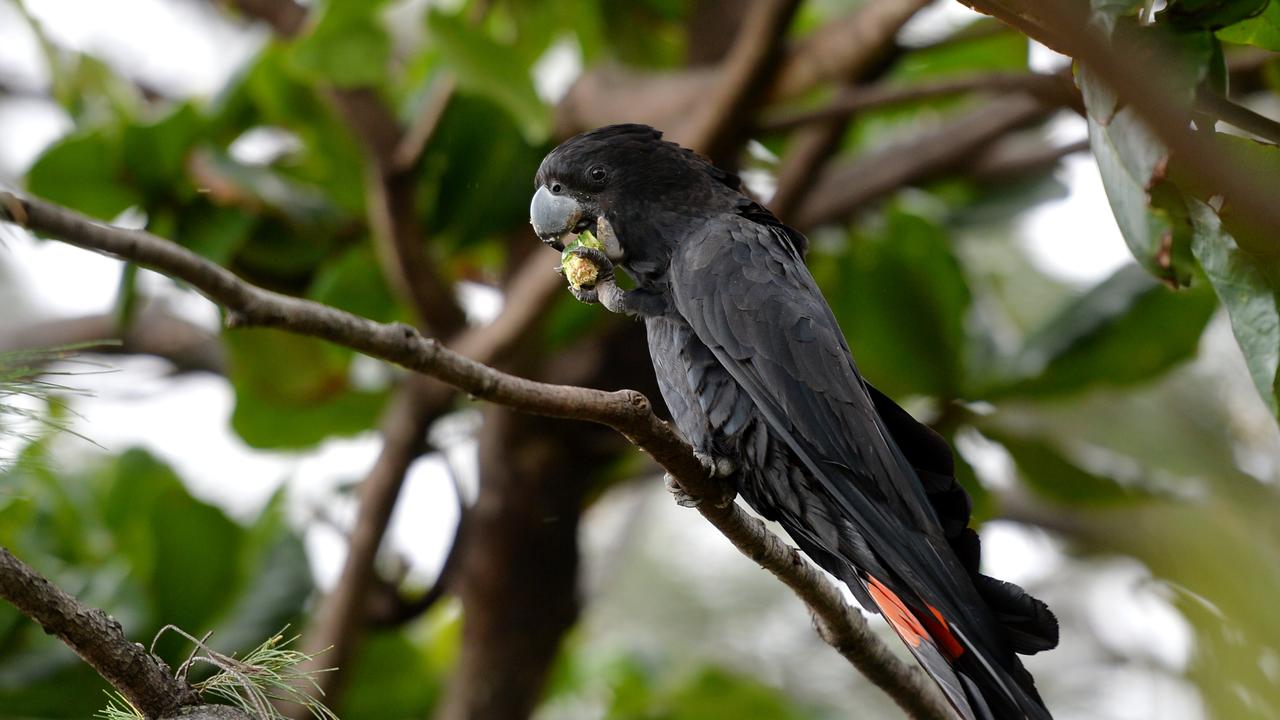
What has likely created the saying of ‘black cockatoos mean rain’ is the birds’ feeding habits.
The North Queensland species are particularly fond of sea almonds, mangroves, white cedar (Melia azedarach) and Chinee Apple seeds.
All these trees fruit on the cusp of the wet season and are mainly found on the coast - where 85 per cent of Queenslanders live.
Sea almonds and mangroves put on seeds around November or December.
The fruits of white cedar (common between Mareeba and Ingham) appear in autumn, and Chinee Apple (mostly found between Charters Towers and Bowen) germinate their seeds during the wet season.
If you’d like to take your own close look at past cyclones, the BOM have developed a new ‘cyclone data portal’ at bom.gov.au/cyclone/tropical-cyclone-knowledge-centre
More Coverage
Originally published as Mangoes, cockatoos and other myths busted by Bureau of Meteorology ahead of cyclone season








